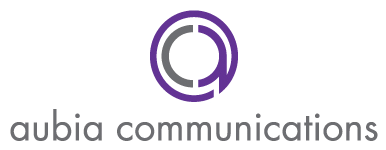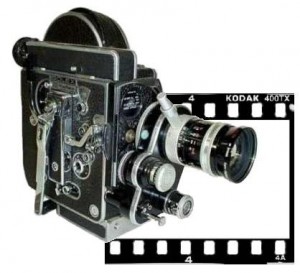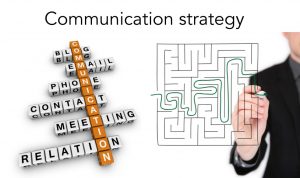
Wise men speak because they have something to say; Fools because they have to say something.
-Plato
Regardless if you have a new product, service or initiative, how you communicate it to your audience affects how they will perceive it. And, remember, perception is reality.
Messaging is how you shape that reality.
What is a messaging package?
In my current position as the communications director for a global technology company, I’m responsible for ensuring our messaging accurately reflects not only the benefits of the new endeavor but also our brand. I do that with a coordinated messaging package.
With such a package, you can:
- Position your idea so others are interested in hearing more
- Differentiate your idea from other competitors in the market
- Develop content for various channels, such as traditional print collateral or online mediums
How do you develop a messaging package?
With so much value, a messaging package needs a fair amount of research, starting with a deep understanding of who your audience is. Depending on how your own business is set up, the information can come from several sources, such as projects managers or sales persons. But, what if you’re a one-person shop? Then talk directly to your customers about what resonates most with them.
Every messaging package should meet the business objective, so yours could be short or long, basic or detailed. Here are the standard parts of the messaging packages I create:
1) Positioning Statement
Defined by Lamb, Hair and McDaniel’s MKTG as “developing a specific marketing mix to influence potential customers’ overall perception of a brand, product line or organization in general,” positioning sets the stage for the rest of your marketing package.
The formula for a positioning statement is:
For [insert target market], the [insert brand/product/service/initiative] is the [insert point of differentiation] among all [insert market segment] because [insert reason to believe].
2) Elevator Pitch
If you stepped into a elevator and discovered your dream investor, what would you say in the time the elevator took to get to the floor you were exiting to convince the investor your idea was worthwhile? This is your elevator pitch – a short summary of your product/service/initiative to gain the interest of your audience.
The formula for an elevator pitch is:
Address the pain points, then introduce your solution and provide proof points, and wrap up with a memorable summary.
3) Tagline/Slogan
Just do it. I’m lovin’ it. Think different.
These are just a few of the many well-known taglines/slogans (or straplines in British English speaking countries) of big companies. A tagline/slogan is a short and memorable identifier of your business. It should be included in all your branding material as it differentiates you from competitors and leaves a positive impression. Taglines/slogans are also set; they rarely change.
4) Headlines
Don’t get these confused with No. 3. Headlines are specific to the audience segment you’re trying to reach, so they will change depending on the medium and audience. For example, the tagline for the Mini Cooper is Let’s Motor, but headlines the company has used before include Let’s go undercover and Let’s get happy.
5) Key Talking Points
Break down your elevator pitch even more, and you start to get your key talking points. These strategic snippets are used in interviews to leave a significant impact on your audience. Key talking points are simple and memorable
6) Keywords
Look back to your elevator pitch and key talking points. What words stand out? What words would you make bold? These are your keywords. In terms of Search Engine Optimization (SEO), these are also the words to repeat throughout your online content.
7) Q&A
Wrap up your messaging package with possible questions and answers you can expect. Remember, a perfect response is the information your audience is seeking plus a key talking point you need to positively influence your audience.
What does your messaging say?
With a messaging package, you can create the perception you want your audience to have, differentiate yourself in the market, and create valuable content. How will you create your message and position yourself?



